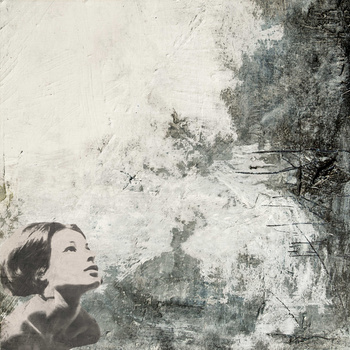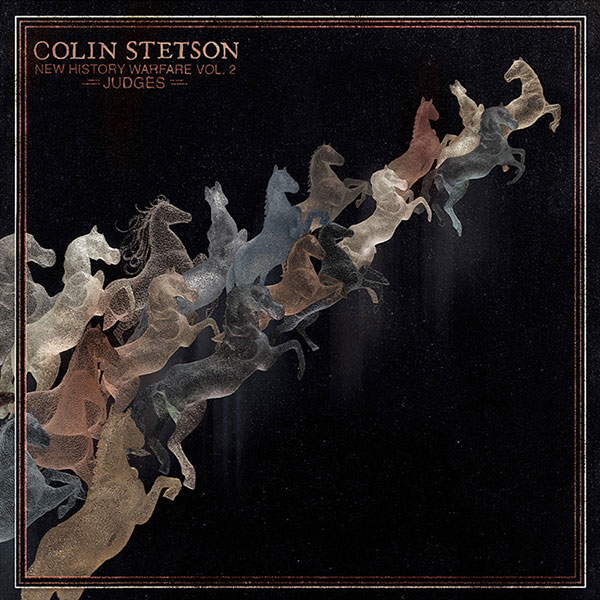So I decided that something people are always interested in, whether they write music or not, whether they ever care to or not, is the process by which someone creates music.
For as many composers there are out there, there are just as many ways of doing things. There is no right or wrong way, this is art after all. This is a form of expression, our own way of describing the world. I may as well get down to it, I think the way I do things is kinda different and I am still developing in my process.
From very early on I realized that rhythm was the most important element in music, at least to me. I was always a fan of prog-rock, where it is expected that the most complex rhythms and strangest accents are used. That is what those songs are about. The dragons, sorcery and nymphs are secondary. Anyway, the other thing that I find quite important to any piece of music, no matter what the genre is that the form is accessible.
This being said, when I need to start writing a piece of music the first thing that I do is grab my notebook. A simple notebook of lined paper, not manuscript, not yet. In the notebook I start off from the most basic characteristics of the piece and slowly build up from there. I’ll decide how long I want the piece to be, in minutes and seconds, what the piece is going to be scored for and what initial tonal center I am going to begin with.
The decisions for all of these aspects can either be a pretty simple endeavor (“It will be 5 minutes, because 5 minutes seems like a reasonable amount of time for this kind of work) or a more complex decision that relies on some other aspect of the music (“Well this is a piece for Brass so perhaps starting in Bb will be good…”). At this stage of the game I try to move as fast as possible across all these “pre-compositional” workings. I am not saying that they are lesser aspects of completing the work, on the contrary, these are the foundations of the entire work, on which the rest of my writing will balance upon, but I like to get through it quickly to keep the momentum going, start the ball rolling, and reminding myself that the piece should never be so complex that the audience will never understand it. In moving through this phase fairly quick I am assuring myself that I don’t complicate matters.
Right after this initial phase I begin pulling back, slowly. I imagine myself analyzing something visual, a landscape or a painting. I am quite far away at the beginning, I can make out that I see something and I slowly move in to see what exactly it is, and how it is made, right down to the most fine detail. I keep writing, in words, describing how I wan the piece to “go”. I’m going to use a form, let’s go with a tried and true A B A. The piece is 5 minutes long so how long is each A section, is the B shorter, longer? How are things weighted? Will B be developmental or just different, contrasting? Slow, Fast, Slow or Fast, Slow, Fast? No tempo change at all? etc.
I zoom in further. How is the A section divided up? How long is it going to be? Time signature? Will it move from the initial tonal center to another? Will the tonal center that it moves to help me get to where the B section begins? How many phrases are in the A section? How long are they? What about the basic durational units? Registral placement? etc. etc.
There is plenty to think about at this point, early on. This is where some of my best thinking takes place. I really love this part of the process. I can burn out a whole slew of ideas in a wild frenzy. Some people call this “sketching” but for some reason I despise the use of that word. It just seems so pretentious to me. I’m laying the foundation for my piece, in words. I am more comfortable to start off in my first language, that being English. After I have planned out my piece in as much verbose prose as possible, getting as specific as I can I move to the manuscript paper.
Though this part happens in stages as well. I don’t immediately run to a piano and start splashing notes down. That would be counterproductive, I must continue on the path that I have started for myself, that being: zooming into the picture as slowly as possible. Rhythm first. All of the outer parameters of the music I have laid out beforehand, in words. I know how long the piece is, and the tempo, so I know how many beats it will take me to get to the end. I know the phrase structure and the overall form. All this is mapped out. I now begin writing rhythms and general pitch information. Nothing gets too specific. Notes are simple: High or Low. The rhythm and the inflection working together as I sing out what I hear in my head. All the basic elements of the music are now in place, I mark out where important things are going to happen (“should sound like a half cadence here”, “cadence”, “moving towards D#” etc.) I circle things and make notes, general things like harmonic pulse and motion are marked out at this point too.
Things are beginning to solidify at this point and things may change from what I had initially planned. I find that it is better to let the piece, to a certain degree, go where it wants to go. There are certain things that just need to happen, and the music will go where it needs to go, or else it will sound unnatural and forced. Flexibility is the key, though if it is desired to stick strictly to the plan that was drawn out beforehand then that can be done too, it is completely up in the air.
After the piece is mapped out, with rhythms and general inflections I move operations to my computer, or to the piano. It is time to start hearing the piece in further detail, hearing specific notes and trying out several harmonies. The reason that I do the rhythm first is so that my thoughts are allowed to move fairly quickly, this final step moves pretty slowly, but calmly because I know that I will not lose sight of what the piece is supposed to be about. If I am at a piano I play through all sorts of ideas that fit within the rhythmic and inflection parameters that I have started out with, in the tonal center that I decided on. This way everything that I can think of is taken care of beforehand, freeing up my mind and my creativity because I don’t have to think of 40 things at once, I am just following the directions on the paper that I have written myself.
I am usually able to come up with several ideas for each phrase and this is the point in the process where subtle tricks come into play, little details that could not have been planned ahead of time that now seem so obvious and excite me to no end, propelling me to finish as much of the piece as possible in one sitting. These things are all possible if sitting in front of the computer as well. This all depends on where I am at the time.
Nothing is set in stone, and things often change all the way through the process. Practical application of notes to the schematic that is laid out will cause some things to shift. I personally find that this is the way that works best for me. I don’t know of anyone else that works in this manner, but I tried for years in vain to write in the way that I thought everyone else worked and my music was scattered, without focus and difficult to hear and understand. This process I developed for me to help my writing and so far I like the way that it is working, it is helping me to write more efficiently and just to write more.



